
The Big Problem of Small Change
THE PRINCETON ECONOMIC HISTORY
OF THE WESTERN WORLD
Joel Mokyr, Editor
The Big Problem of Small Change, by Thomas J. Sargent and Franois R. Velde
Growth in a Traditional Society: The French Countryside, 14501815, by Philip T. Hoffman
The Vanishing Irish: Households, Migration, and the Rural Economy in Ireland, 18501914, by Timothy W. Guinnane
Black 47 and Beyond: The Great Irish Famine in History, Economy, and Memory, by Cormac Grda
The Great Divergence: China, Europe, and The Making of the Modern World Economy, by Kenneth Pomeranz
The Big Problem of Small Change
THOMAS J. SARGENT
FRANOIS R. VELDE
PRINCETON UNIVERSITY PRESS PRINCETON AND OXFORD
2001 by Princeton University Press
Published by Princeton University Press, 41 William Street,
Princeton, New Jersey 08540
In the United Kingdom: Princeton University Press, 3 Market Place,
Woodstock, Oxfordshire, OX20 1SY
All Rights Reserved
Library of Congress Cataloging-in-Publication Data
This book has been composed in Adobe Garamond by the authors,
using  and the
and the  sis 2.16 macros.
sis 2.16 macros.
Printed on acid-free paper.
www.pup.princeton.edu
Printed in the United States of America
10 9 8 7 6 5 4 3 2 1
In memoriam
Carlo Maria Cipolla
(August 15, 1922September 5, 2000)
Illustrations
14.4. Nominal and real value of copper coins in Castile, 15951680. |
Tables
Preface
This book describes our efforts to discover the origins of a principle that central banks now routinely use to manage a countrys supplies of coins and notes. Because that principle cured what had been widespread and enduring problems of monetary management, our search revealed much about broader historical monetary and fiscal problems and about the origins of the general principles that most experts now think should govern monetary policy.
Today almost all governments use a standard formula for supplying and pricing coins and currency. A governments monetary authority sets prices; the public chooses the quantities. The monetary authority sets the prices by offering to convert unlimited quantities of different denominations of currency and coins at fixed exchange rates (e.g., the U.S. government stands ready to buy or sell a quarter for five nickels). With an eye toward controlling an overall index of the price of goods and services, the monetary authority also sets the total quantity of government currency and coins (the supply of base money), but it does not choose its composition across denominations. The public determines the composition of base money by exchanging coins and currency with the government. Today coins and currency of all denominations are tokens: they are valued not because of their constituent paper or metal, but because of the goods that people can exchange for them.
This standard formula for determining the relative prices and quantities of denominations of coins and currency has worked well for over a century. But for hundreds of years before 1850, other and less reliable principles regulated the denomination structure of coins. Governments did not offer to convert one denomination for others at fixed prices. Instead the market set those prices, but in ways that troubled monetary authorities. For centuries, monetary authorities and traders complained about undesirable fluctuations in both the quantities and the relative prices of coins of different denominations. Monetary policy experts struggled with these problems for a long time before they eventually adopted the modern standard formula in the mid-nineteenth century. That put in place an essential piece of our modern fiat money system, as well as of the gold standard that preceded it.
Work on this book began after a conversation between the authors in August 1996 about the discovery of the modern standard formula. Carlo Cipolla told how centuries of monetary problems and trials and errors in monetary policy preceded the standard formula, but did not reveal how it was discovered. Sargent conjectured that before the standard formula, public policies for supplying small change were flawed because policy makers had the wrong model; the inventors of the standard formula revealed a better model and thereby made better policy possible. Citing Redish (1990), Velde countered that to implement the standard formula requires a reliable technology for making coins that are difficult to counterfeit, and that technological limitations, not ignorance of good monetary theory, could just as well have been responsible for the monetary difficulties that were observed before policy makers implemented the standard formula.
So this book began with the question: Was it poor economic theory or inadequate technology that long delayed the proper implementation of the standard formula? We now think that it was both. We eventually identified an early proponent of the standard formula, Sir Henry Slingsby in 1661. But we also found that Slingsby did not work in a vacuum, that he must have learned from earlier theorists and monetary experiments, and that there were formidable technological impediments to implementing Slingsbys policy recommendations. We discovered how ideas about supplying small change contributed much to the development of modern monetary doctrines.
We came to this project as modern monetary economists whose curiosity was aroused by reading Carlo Cipollas (1956) account of monetary puzzles from the fourteenth and fifteenth centuries. We sought to understand Cipollas observations about renaissance Florence with monetary theories constructed mostly during the 1980s. As we returned to Cipollas account during the process of building our model, and as we listened to what our model told us, we came more and more to respect and appreciate Cipollas account, and how his selection of facts and his interpretations reflected modern monetary theories. But Cipolla wrote before modern theories were developed. Late in our research, we recognized the likely identity of Cipollas teachers: the commentators and discoverers from long ago, some of whose works we cite in this book. Much of the novelty of the monetary theory of the 1980s is in its formal style, not the ideas that it represents, which were created partly through the process to be described in this book.
August 2001
Acknowledgments
We thank the following people for their criticisms and comments: Whitney Bagnall, Jodi Beder, Michael Bordo, Marcelle Chauvet, John Cochrane, PaulDavid, George Essig, Jos Garca de Paso, Avner Greif, Philip Hoffman, Kenneth Kasa, Guido Menzio, Joel Mokyr, Beatrix Paal, Angela Redish, William Roberds, Martin Schneider, George Selgin, Bruce Smith, Richard Sutch, Richard Sylla, Aaron Tornell, Gabriel Verd SJ, Juerg Weber, and Warren Weber. We thank our editor, Peter Dougherty, who has encouraged us and offered wise suggestions, and Carolyn Sargent for advice in artistic matters. We also thank seminar participants at the California Institute of Technology, the University of California at Los Angeles, the University of Chicago, the University of Illinois at Urbana-Champaign, Ohio State University, Rutgers University, Stanford University, and the Stockholm School of Economics. Although we are both affiliated with Federal Reserve Banks, the views expressed herein are not necessarily those of the Federal Reserve Banks or the Federal Reserve System.
Next page
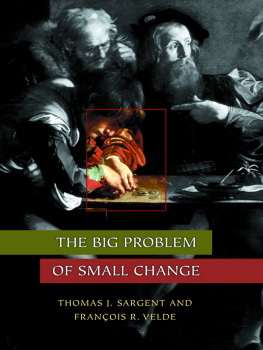
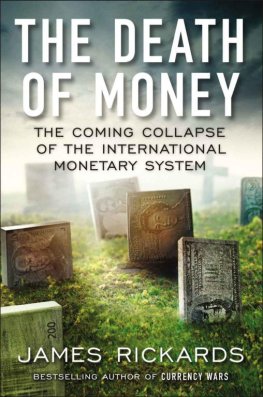


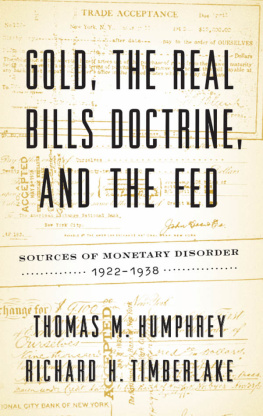

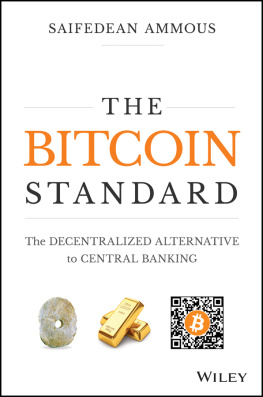
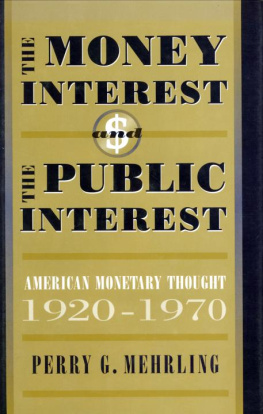

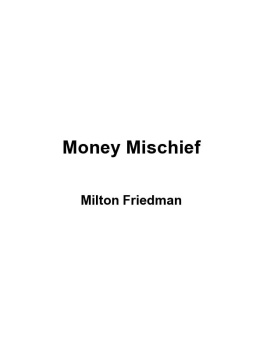
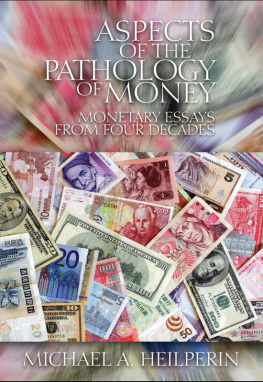
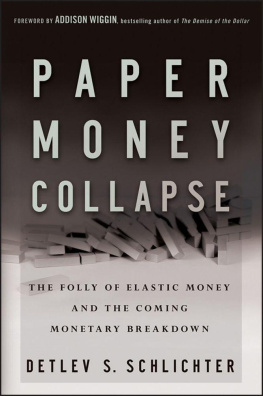

 and the
and the